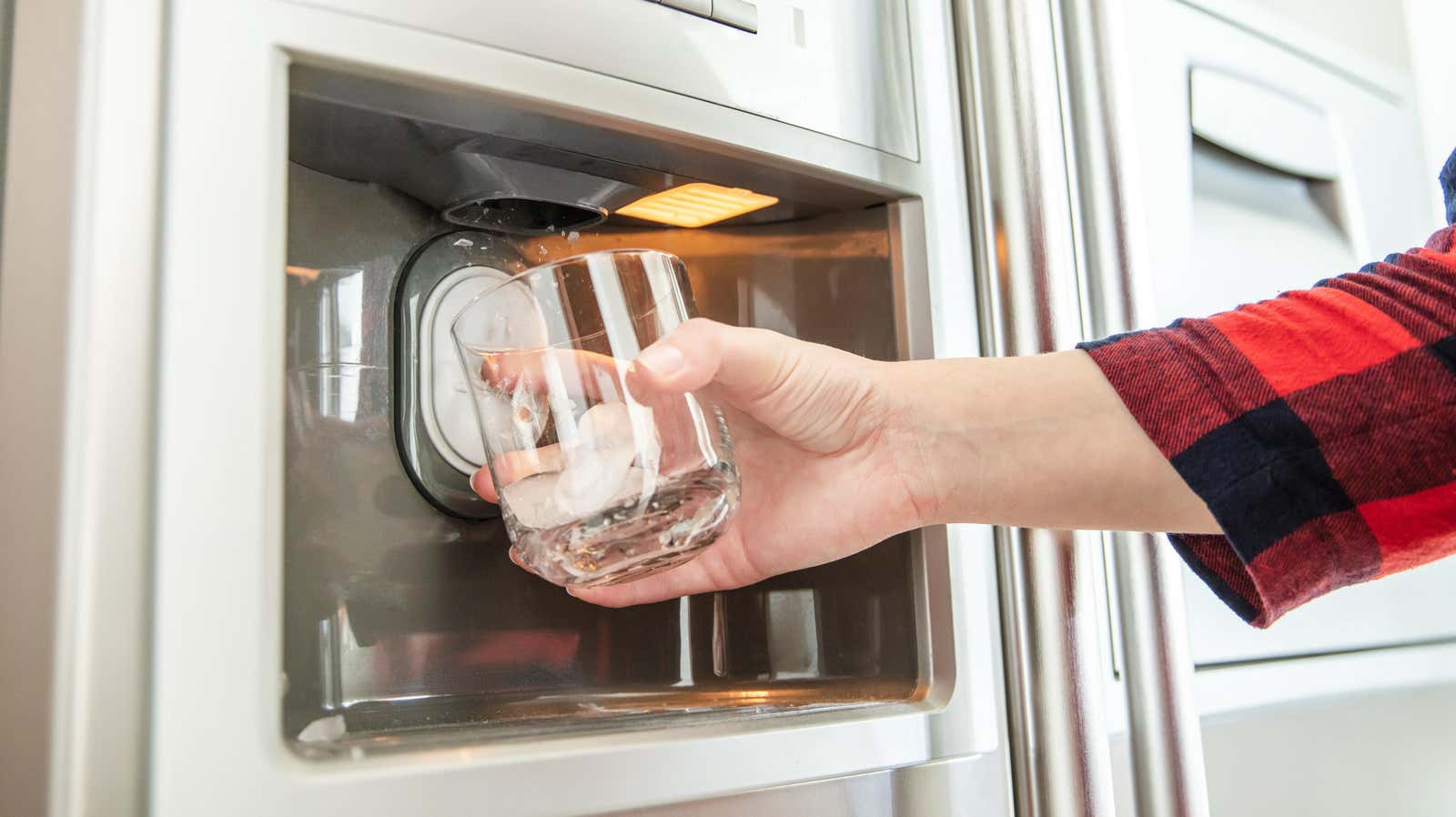The Most Common Reasons Your Ice Maker Is Failing

A faulty ice maker can ruin your holiday cocktail plans. Ice maker detection is no longer, well, making ice might make you want to call in a professional, but there are some things to check before taking this step. Here are the most common reasons why your ice maker is malfunctioning and some of the things you can try to fix before calling a professional.
How to fix a clogged plumbing
The most common reason for a problem with your ice maker is that there is some sort of obstruction in the water supply line. If the filter needs to be cleaned or if the valve is closed, the ice maker will stop making ice. These obstructions can be removed by removing the filter located along the water supply line to the ice tray/water spout in the refrigerator and cleaning it by rinsing it in the sink. When you check the filter, you should also make sure that the valve that goes to the water supply on the refrigerator is open. In most cases, it will be located behind the refrigerator or under the counter next to it.
How to fix a blocked ice drift
In some cases, ice making problems can be caused by a clogged ice chute. Ice can freeze and get stuck in the dispensing mechanism, so although the ice machine produces ice, it does not come out. If this happens, you can use a wooden kitchen tool to knock the stuck ice out of the dispenser, or you can pour warm water over a kitchen towel into the spout to clean it out. Remember to put a glass or bowl under the spout so you don’t spill water on the floor.
Check your settings
If ice does not come out of the programmable ice maker, it is important to check the settings. Sometimes the pause button has been accidentally pressed and this will prevent the ice maker from making cubes until you tell it to start again. You can also try resetting the device if there are default settings, which might solve the problem. If you are still having problems with the ice maker after turning it off and on again, you can also try unplugging the entire refrigerator and then plugging it back in.
Check trip sensor
Some ice makers have a mechanism that detects when the ice box inside the freezer is full and this prevents more cubes from being created until it falls back. Make sure this piece is down, in the position it should be, to make more ice. If it’s up, you can flip the little sensor bar down to get more ice. It should be immediately obvious if this is the cause, as ice will most likely start to fall into the bin as soon as the switch is flipped.
Defrost the trash can and check the temperature settings
The ejector assembly can sometimes freeze or jam, preventing ice from escaping from the machine. Try taking the trash can out, defrosting and emptying it, and then putting it back in. Sometimes a little defrosting goes a long way.
And, oddly enough, sometimes your ice can be too cold. If the water in the ice maker freezes too quickly, it will not get into the ice tray or into the ice maker part of the mechanism. This will cause blockage of the water supply line or freezing of water in other components. To avoid this, check your refrigerator manufacturer’s website to make sure your temperature settings are correct.
call for help
After you’ve checked all of these things, if your ice maker is still not working, you probably have bad gears or some other mechanical issue that will require professional repair or replacement. Replacing an ice maker yourself can be tricky and will void your warranty if you have one, so if you’re inexperienced it’s best to have a professional do it for you.